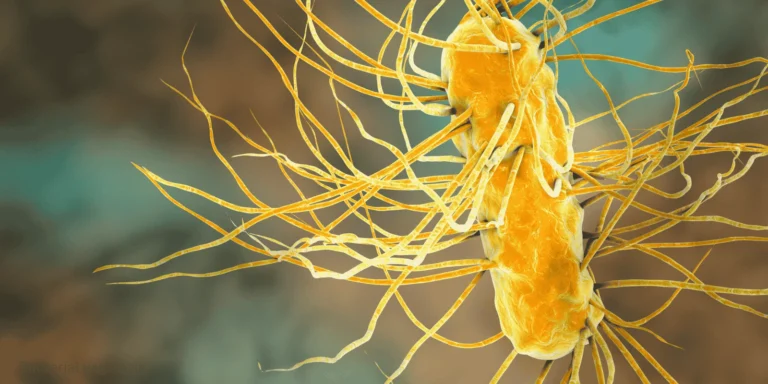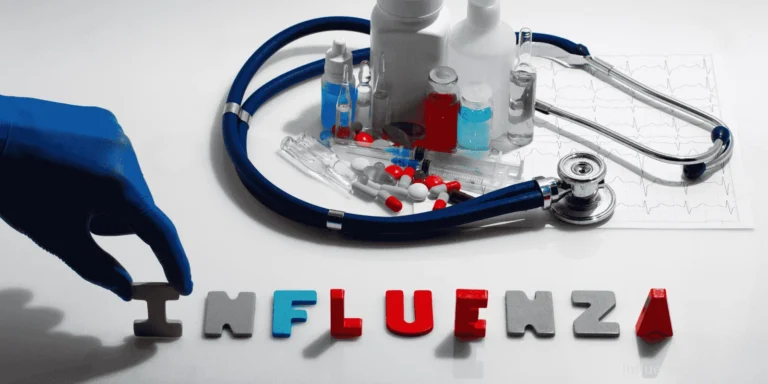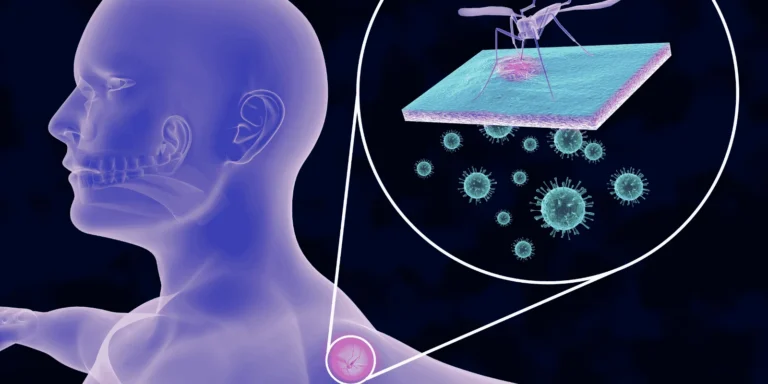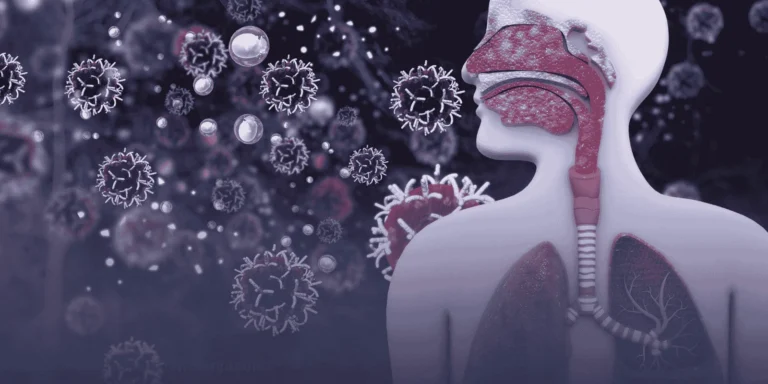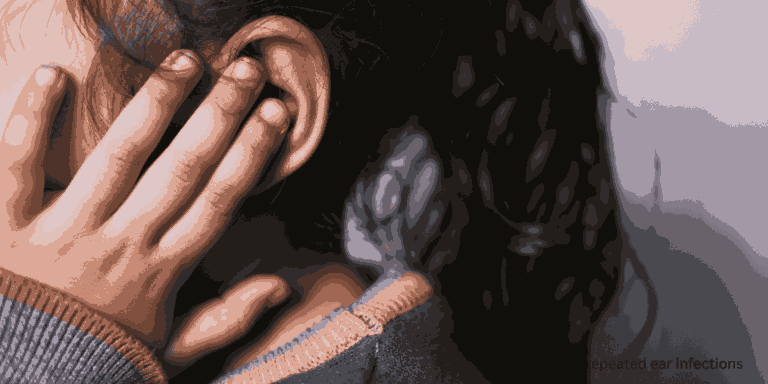Last Tuesday, a worried mother brought her 8-year-old daughter to my clinic. “She’s been coughing for five days, and now she has a fever,” she said. “Is this just bronchitis or something worse?”
This exact scenario plays out in my office on a regular basis. Both acute bronchitis and pneumonia cause similar symptoms; however, understanding the differences can help you determine when to seek immediate care.
The Cough Tells the Story
Bronchitis cough typically starts dry and irritating, then develops into a productive cough with clear or yellowish mucus. You’ll cough throughout the day, but it’s often worse at night.
A pneumonia cough tends to be more severe from the outset. The mucus is often thicker and may have a rusty or greenish color. Some patients tell me they feel like they’re “coughing up their lungs.”
Fever Patterns Matter
Here’s where the difference becomes clearer. Bronchitis might cause a low-grade fever (under 101°F) or no fever at all. When pneumonia hits, fevers typically spike higher — often 102°F or above — and come with chills that make you shake.
Breathing Changes
Bronchitis causes chest tightness and some wheezing, especially if you have asthma. But you can still breathe relatively normally.
Pneumonia is different. You’ll notice actual shortness of breath, even when resting. Climbing stairs becomes difficult. Some patients describe feeling as though they can’t catch their breath after performing simple activities.
Energy Levels
Both conditions make you tired, but pneumonia exhaustion is profound. With bronchitis, you may feel run-down, but you can still perform your daily functions. Pneumonia often leaves you completely wiped out — the kind of fatigue where getting out of bed feels impossible.
Chest Pain Differences
Bronchitis causes a burning sensation behind your breastbone due to all the coughing.
Pneumonia causes sharp, stabbing chest pain that worsens when you breathe deeply or cough. It’s often localized to one side where the infection sits in your lung.
When Location Matters
Bronchitis affects your bronchial tubes — the airways leading to your lungs. You’ll feel congestion throughout your chest.
Pneumonia attacks the air sacs in your lungs. This creates that distinctive “heavy” feeling, like something is sitting on your chest.
Recovery Timeline
Bronchitis symptoms usually peak around day 3-5, then gradually improve over 1-2 weeks. The cough might linger longer, but you start feeling better.
Pneumonia doesn’t follow this pattern. Symptoms often worsen progressively, and without treatment, you don’t see improvement after a week.
Red Flags That Mean See a Doctor Now
Call immediately if you experience:
- Fever above 101°F with chest pain
- Shortness of breath at rest
- Coughing up blood-tinged mucus
- Lips or fingernails turning blue
- Severe fatigue that keeps you bedridden
Remember that story about the worried mom? Her daughter had pneumonia. The combination of high fever, thick greenish mucus, and difficulty breathing during regular play gave it away. After appropriate antibiotic treatment, she recovered completely.
Trust your instincts. If something feels “off” beyond a typical cold or cough, it’s worth getting checked. Both conditions respond well to proper treatment when caught early.



